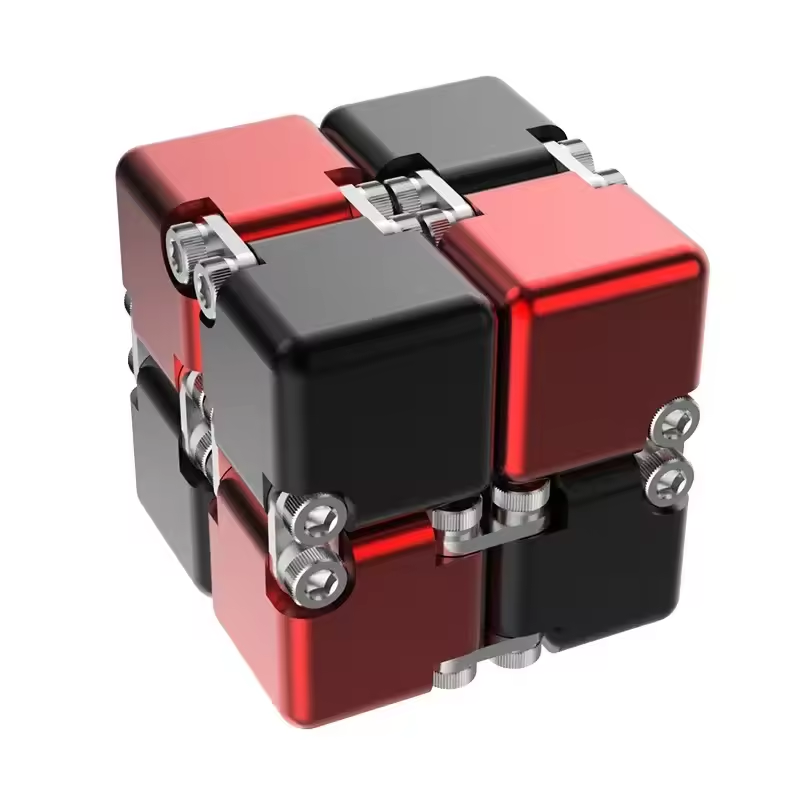Part 1: Using Alternative Power Sources
1. Solar power:
Harnessing solar power to recharge a toy car battery is a creative and environmentally friendly alternative to traditional charging methods. By investing in a small solar panel and connecting it to the battery, you can effectively utilize the sun’s energy to power up the battery. This method not only promotes sustainability but also offers numerous practical and economic benefits.
The use of solar power to recharge the toy car battery is a cost-effective and resource-efficient approach. By harnessing energy from the sun, individuals can reduce their reliance on traditional electrical outlets, leading to potential cost savings on electricity bills. This method also eliminates the need for disposable batteries or non-renewable energy sources, providing a long-term and sustainable power solution.
Moreover, embracing solar power as an energy source for recharging toy car batteries helps to reduce carbon emissions and minimize environmental impact. By utilizing clean and renewable solar energy, individuals can significantly decrease their carbon footprint and contribute to the preservation of the environment. This eco-friendly approach aligns with sustainable and responsible energy consumption practices, promoting a greener and more environmentally conscious lifestyle.

2. Wind power:
Another alternative power source for recharging a toy car battery is wind power. You can build a small wind turbine or purchase a small one and set it up to generate electricity. By harnessing the power of the wind, you can recharge the battery without the need for a traditional charger. This method is suitable for outdoor use and provides a sustainable energy solution for recharging toy car batteries.
Part 2: DIY Methods
1. Lemon battery:
Creating a lemon battery is a creative and engaging DIY method for recharging a toy car battery. This hands-on approach involves using readily available materials like a lemon, copper and zinc nails, and a few wires to construct a simple yet effective battery. By combining these components, a chemical reaction occurs within the lemon, facilitating the generation of a small electrical current that can be harnessed to recharge the toy car battery.
The process of building and using a lemon battery provides an interactive and educational experience, making it an ideal activity for children to learn about the fundamentals of electricity. Through this project, children can gain insight into the principles of energy production and the chemical reactions that occur within the battery. This hands-on experiment offers a practical demonstration of how easily accessible materials have the potential to generate electrical power, fostering a greater understanding of sustainable energy sources and environmental conservation.
In addition to its educational benefits, the use of a lemon battery as a power source for recharging the toy car battery is also cost-effective and eco-friendly. The simplicity of the materials involved and the accessibility of lemons make this method an inexpensive and sustainable alternative to traditional chargers. Furthermore, the activity of building a lemon battery promotes creative thinking and problem-solving skills, encouraging children to explore innovative approaches to meeting energy needs.
2. Potato battery:
Similar to the lemon battery, a potato battery can also be used to recharge a toy car battery without a charger. By creating a simple battery using a potato, copper and zinc electrodes, and some wire, you can generate enough electricity to power up the toy car battery. This DIY method is a fun and educational way to show how alternative energy sources can be used to recharge batteries.

Part 3: Mechanical Methods
1. Hand-crank generator:
A hand-crank generator is a versatile and reliable mechanical device. It offers a practical solution for recharging a toy car battery without the need for a traditional charger. This portable and manual power-generating tool is designed to convert mechanical energy into electricity. It provides a sustainable and independent source of power. By simply rotating the crank, the generator initiates the process of converting kinetic energy into electrical energy. This energy can then be used to charge the toy car battery.
This method is particularly beneficial in emergency situations or outdoor environments. Access to traditional power sources may be limited or non-existent. The hand-crank generator offers a convenient backup power supply. It ensures that essential electronic devices, such as toy car batteries, remain operational even in challenging circumstances.
Furthermore, the hand-crank generator supports environmental sustainability by harnessing human-generated power. It does this instead of relying on electrical outlets or non-renewable energy sources. Its portable and user-friendly design makes it suitable for various outdoor activities. These activities include camping, hiking, and off-grid adventures. Access to conventional power infrastructure may be scarce in these situations.
In addition to being an efficient power solution, the hand-crank generator can also serve as an educational tool. It familiarizes individuals with the principles of electricity generation and energy conversion. This hands-on experience can be particularly valuable for children. It teaches them about the importance of self-sufficiency and the potential of alternative power sources.
2. Bicycle generator:
Another mechanical method for recharging a toy car battery is by using a bicycle generator. By connecting a bicycle to a generator, you can create a pedaling-powered energy source to recharge the battery. This method not only provides a sustainable energy solution but also promotes physical activity and a healthy lifestyle.
Part 4: Chemical Reactions
1. Alkaline battery recharging:
Alkaline batteries, known for their non-rechargeable nature, can actually be recharged using a process called “zinc-carbon rejuvenation.” This method offers a sustainable and cost-effective approach to prolonging the life of alkaline batteries. To begin the process, a simple homemade electrolyte solution is prepared, typically consisting of distilled water, Epsom salt, and baking soda. These household items are combined to create a solution that serves to revitalize the chemical components within the battery.

Once the solution is ready, the alkaline battery is submerged in it, allowing the electrolyte to penetrate the internal components and initiate the rejuvenation process. During this phase, the battery becomes infused with the electrolyte, reactivating the chemical reactions within and restoring its capacity to store and discharge electrical energy. Following this, a small electrical charge is applied to the battery, which further aids in reviving its rechargeable capabilities. This process effectively eradicates the limitations typically associated with alkaline batteries, allowing them to be repurposed for additional cycles of use.
By utilizing “zinc-carbon rejuvenation,” it becomes possible to extend the lifespan of alkaline batteries and harness their revitalized power to recharge toy car batteries and other small electronic devices. This method facilitates the efficient and sustainable use of these batteries, reducing waste and promoting environmental consciousness. Moreover, the potential cost savings and reduced reliance on single-use batteries make this approach especially attractive for individuals. They are seeking economically and ecologically favorable solutions. Ultimately, “zinc-carbon rejuvenation” underscores the versatility of alkaline batteries. It transforms them from single-use items into reusable energy sources. This consequently contributes to a more sustainable and environmentally responsible approach to power usage.
2. Saltwater battery recharging:
A saltwater battery can also be used to recharge a toy car battery without a charger. By creating a simple saltwater battery using a container, copper and aluminum electrodes, and a saltwater solution, you can generate electricity to power up the toy car battery. This method is a cost-effective and environmentally friendly way to recharge batteries using chemical reactions.
In conclusion, there are various creative ways to recharge a toy car battery without a charger. These include using alternative power sources like solar and wind power, DIY methods such as lemon and potato batteries, mechanical methods like hand-crank and bicycle generators, and chemical reactions like alkaline and saltwater battery recharging. These innovative methods not only provide practical solutions for recharging toy car batteries. They also promote sustainability, energy efficiency, and hands-on learning opportunities for both kids and adults. By exploring these creative options, you can find effective ways to keep your toy car running without the need for a traditional charger.




